Building a Sustainable City
As I’ve discussed before, I offer electives to my 4th-6th grade GT students (see Offering Electives to Elementary Students). They chose paper engineering. A few started making city structures. They then stated that they should make a city. I suggested that it be a sustainable city (Sustainable Development Goal 11). From there, the innovation, creativity, passion, fun, and final product exploded due to the efforts of the students.
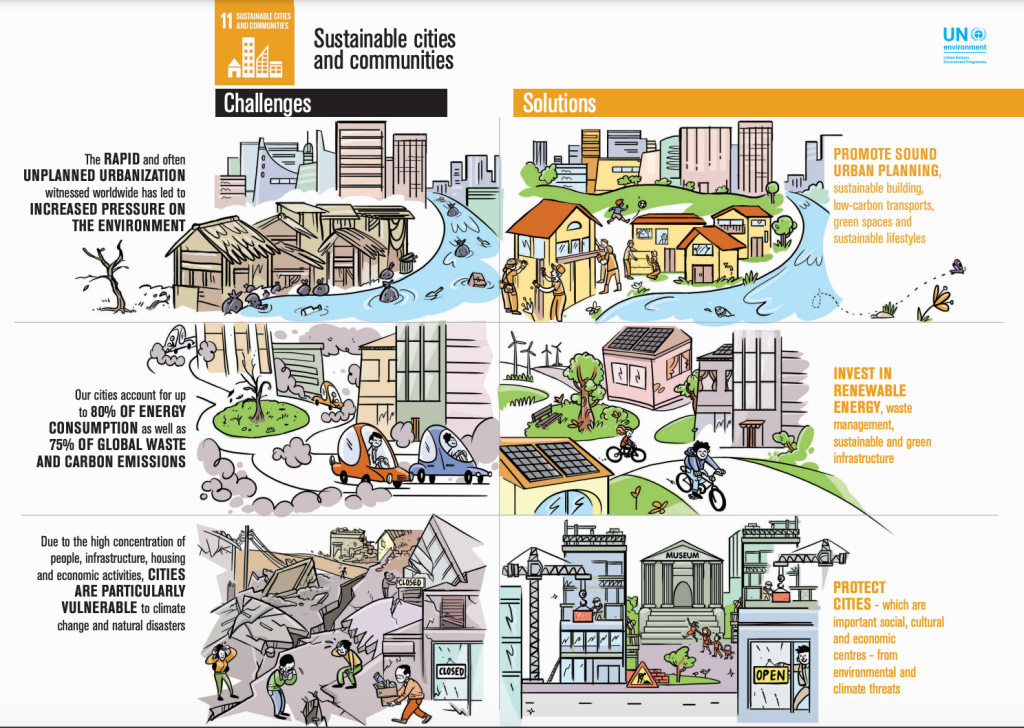
Standards Addressed
Education for Sustainability Standards and Performance Indicators
- Responsible Local & Global Citizenship. The rights, responsibilities, and actions associated with leadership and participation toward healthy and sustainable communities. Students will know and understand these rights and responsibilities and assume their roles of leadership and participation.
- Healthy Commons. Healthy Commons are that upon which we all depend and for which we are all responsible (i.e., air, trust, biodiversity, climate regulation, our collective future, water, libraries, public health, heritage sites, top soil, etc.). Students will be able to recognize and value the vital importance of the Commons in our lives and for our future. They will assume the rights, responsibilities, and actions to care for the Commons.
- Inventing & Affecting The Future. The vital role of vision, imagination, and intention in creating the desired future. Students will design, implement, and assess actions in the service of their individual and collective visions. (https://cloudinstitute.org/cloud-efs-standards)
Common Core English Standards
CCSS.ELA-LITERACY.CCRA.W.7
Conduct short as well as more sustained research projects based on focused questions, demonstrating understanding of the subject under investigation.
Next Generation Science Standards (Science and Engineering)
- Define the criteria and constraints of a design problem with sufficient precision to ensure a successful solution, taking into account relevant scientific principles and potential impacts on people and the natural environment that may limit possible solutions.
- Evaluate competing design solutions using a systematic process to determine how well they meet the criteria and constraints of the problem.
- Develop a model to generate data for iterative testing and modification of a proposed object, tool, or process such that an optimal design can be achieved (https://www.nextgenscience.org/topic-arrangement/msengineering-design).
Resources Shared With Students
- 6 Traits of a Sustainable City (With Examples) – https://www.digi.com/blog/post/sustainable-city
- What is a sustainable city? 10 characteristics of green urban planning – https://www.thezebra.com/resources/home/what-is-a-sustainable-city/
- The 10 Traits Of A Sustainable City And Eco-Friendly Urban Planning https://eeba.org/the-10-traits-of-a-sustainable-city-and-eco-friendly-urban-planning
Tools and Materials Use
- Foam Core Boards for base
- Heavy Cardstock (110 lb.) for paper buildings
- Cricuit Machine for cutting out paper buildings (can be any digital die cutting machine)
- Poster Paints – green, blue
- Light Blue Tissue Paper for water
- Solar Cars – e.g. http://www.xump.com/science/solar-diy-micro-car-kit.cfm
- Solar Windmills – e.g. https://www.walmart.com/ip/Sijiali-6-in-1-Creative-DIY-Education-Learning-Solar-Power-Robot-Kit-Children-Toys-Gift/258707171
- Mini-Solar Panels
- LEDs 10mm
- Alligator Clips (to connect LEDs to the solar panels)
- Chibitronics Light Sensitive Kit – https://shop.chibitronics.com/products/light-sensor-materials-kit which needs a Chibi Chip /Clip https://shop.chibitronics.com/collections/advanced-stickers/products/chip-clip (this provides lights that turn off/on, and are used inside the homes)
- Flashlights (to help demonstrate the solar panels)
A Snippet of the Student Planning Session
Informational Posters by Students for the Display
Highlights – Making the City
A Map of the Sustainable City – Drawn by a Student
Highlights – Finished City
Teacher Reflection
I have an expression, “Show students the possibilities and then get out of the way.” I did this for the Sustainable City project and the students didn’t disappoint! The project processes and products came out so much better than I expected. This fits into another of my beliefs, “Let go of expectations about about the products students will produce,” which I wrote about in Focusing on the Process: Letting Go of Product Expectations. I let students drive what they want to produce in the context of the processes desired, and they often create products way beyond what I could imagine.
I watched as they worked together as they planned their city, deciding what will be included and where it would go. I watched as they almost spontaneously created new areas and artifacts: gardens, orchards, farmers’ market, stables, and bike racks.
I have the privilege of observing great incidents of creativity, innovation, passion, and joy. I love my job. I love these kids.
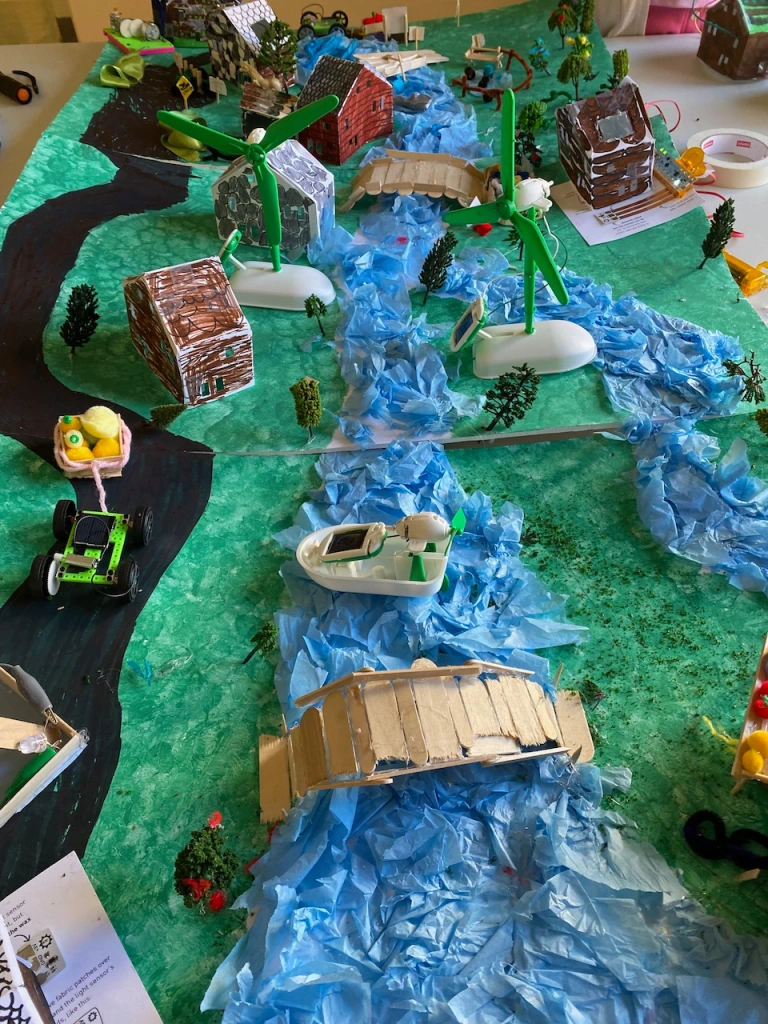
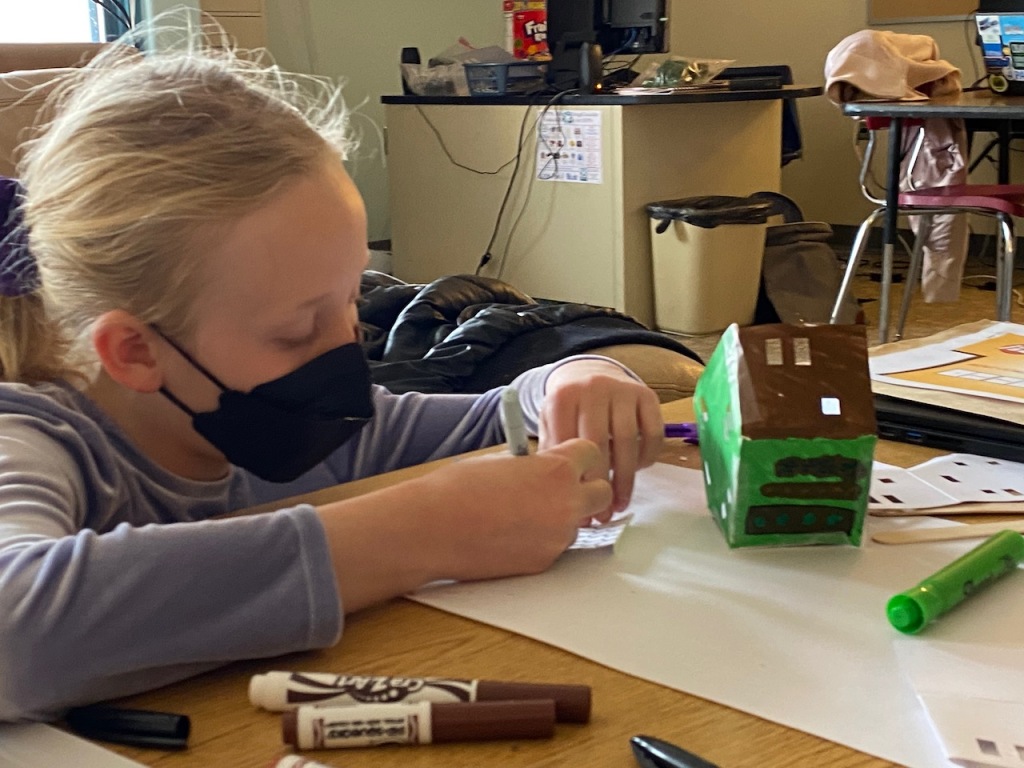
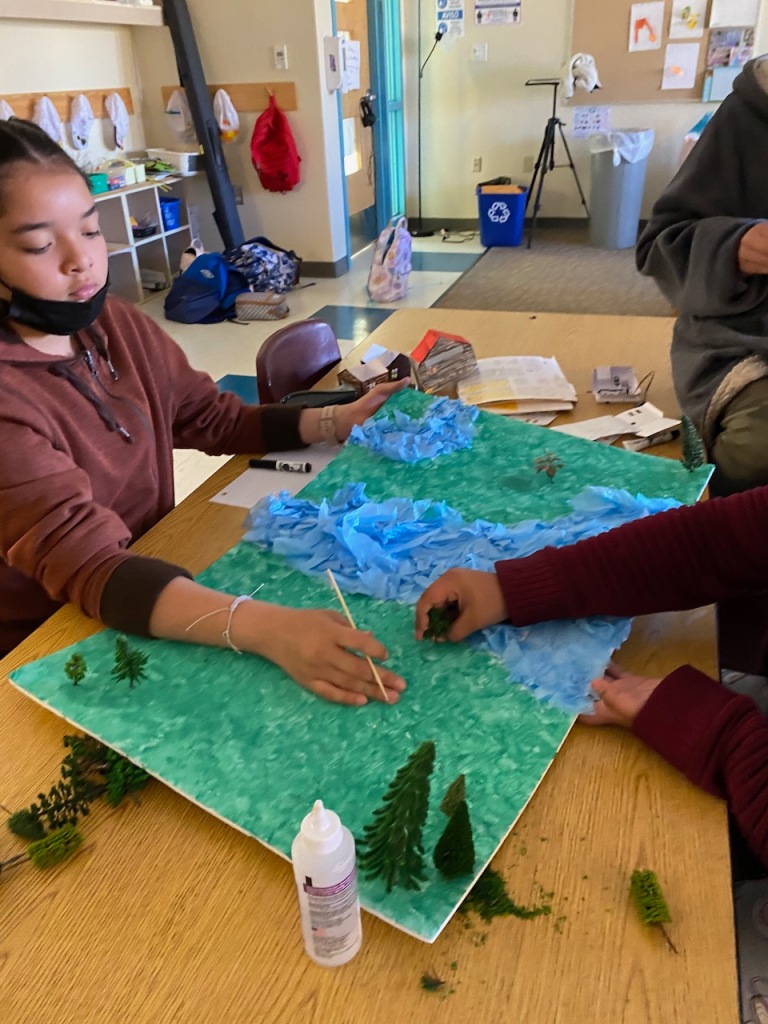

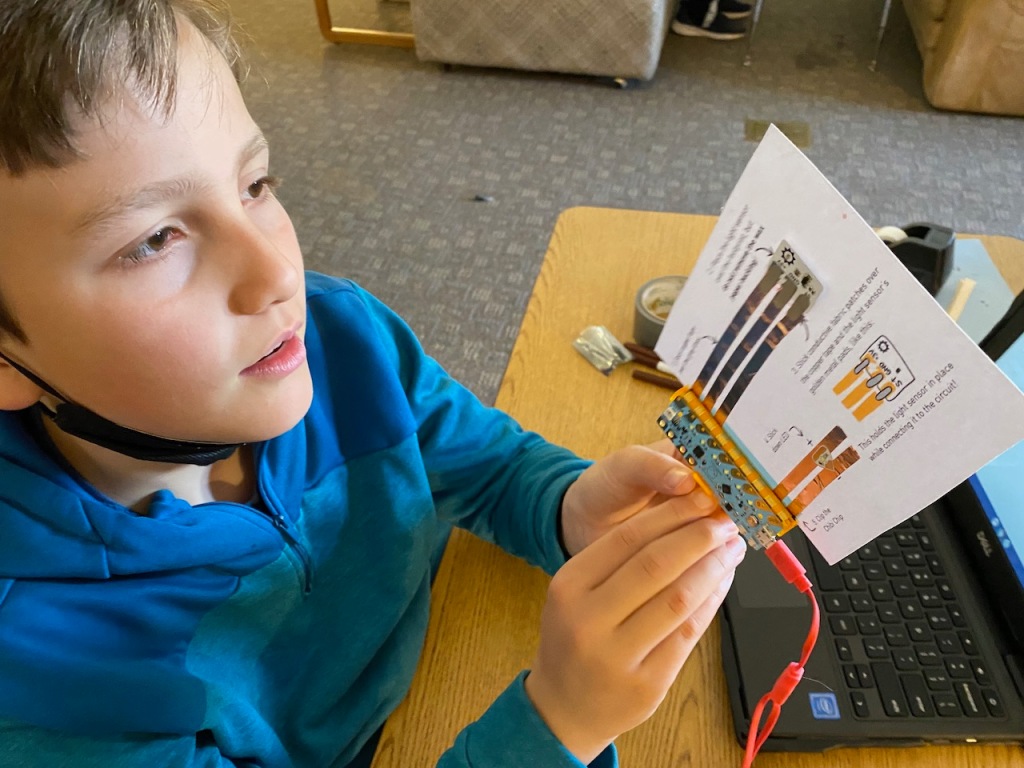
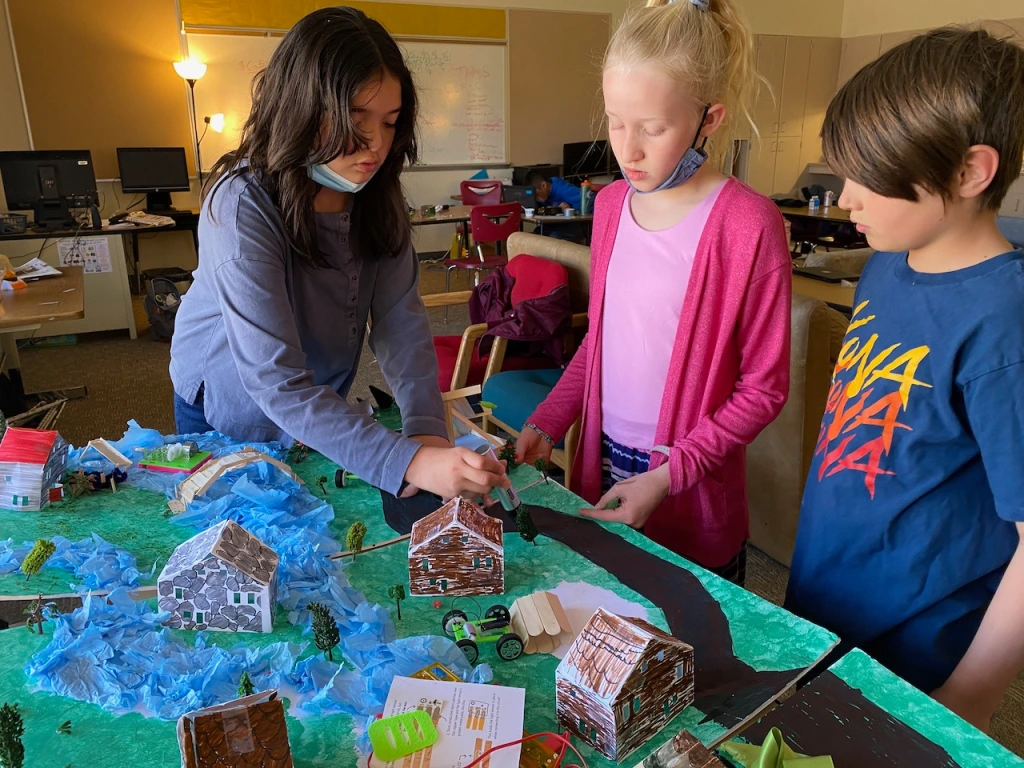
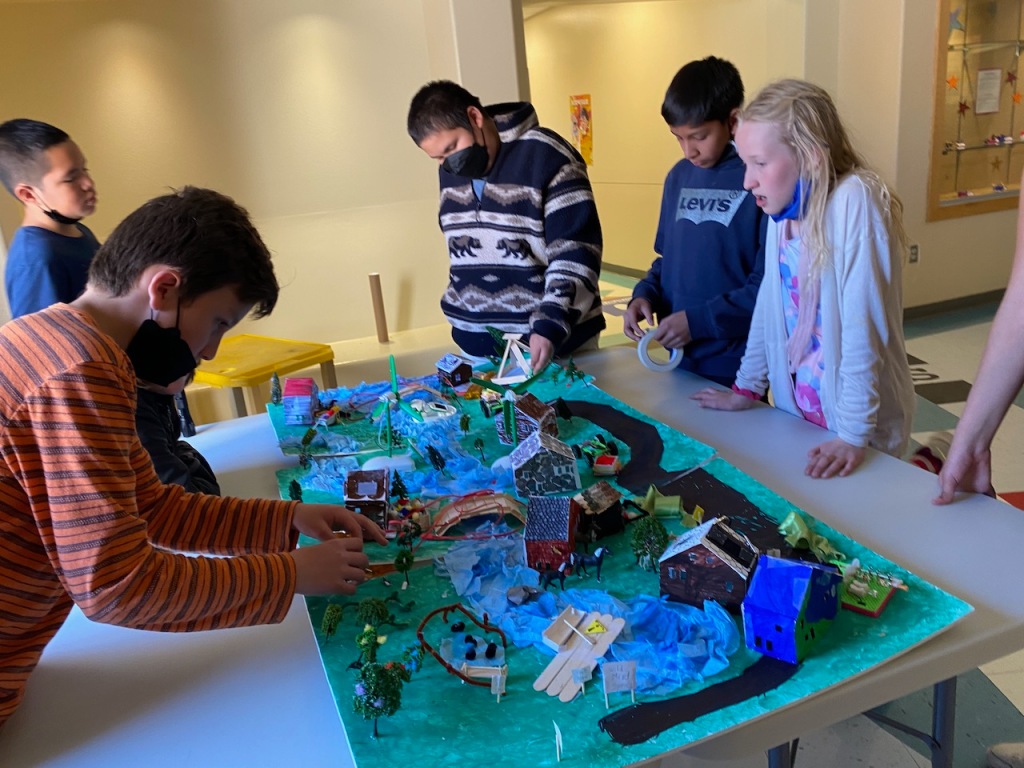
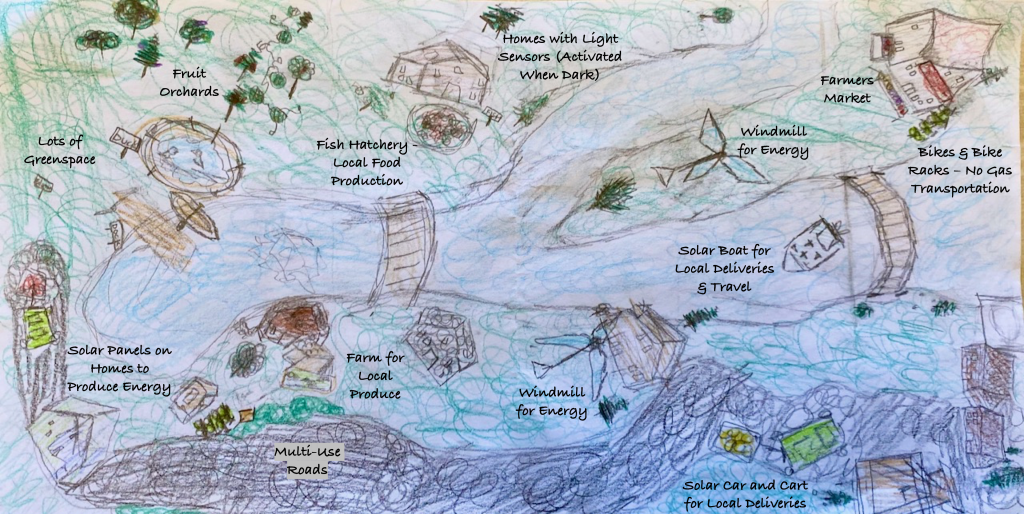

Leave a comment